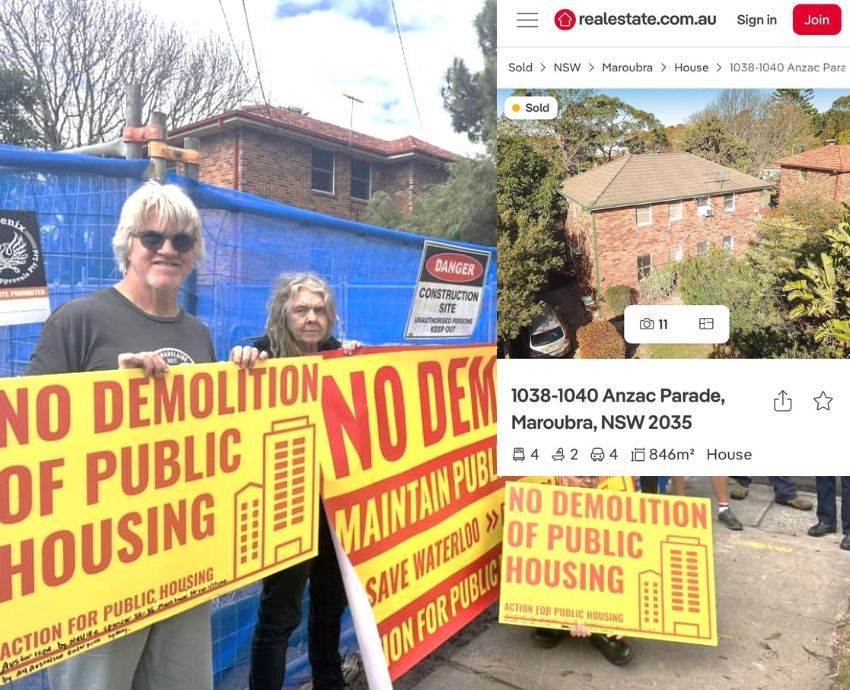
Homelessness New South Wales’s new Housing and Homelessness data portal, released in July, reveals the number of people who are homeless has almost doubled over 2021 to 2022.
Census data from 2021 revealed 34,000 people were homeless in New South Wales but by 2022, homeless emergency services assessed that number to be 62,000.
Homelessness Australia said on August 4 that there has been a 10.2% rise in the rates of people seeking assistance for homelessness in NSW since last December to March. Across the country in March 95,767 people sought assistance.
According to the NSW Housing and Homelessness online portal the situation is most dire in Byron Bay, with 300 people without a home every night. This is followed by the City of Sydney where 277 people are without a home, then Coffs Harbour (82 people), then Lismore (40 people) every night.
Out of the 62,000 people across NSW without a home, 7481 are under 19 and 6.8% are First Nations people.
Having a job is no guarantee of housing security. Twenty seven percent of those suffering homelessness are employed — almost one in three. Close to 6000 people over 55 years of age are classified as homeless.
The portal also shows from 3.3 million dwellings, 300,000 sit empty. This means that the 62,000 people could be immediately housed, and challenges the argument by developers and government that the solution is narrowly about building more housing.
As Everybody’s Home said on July 25: “The answer is not just wholesale supply, because we’ve never had more homes per adult in this country yet housing has never been less affordable. The answer must be social and affordable supply — that requires planning, leadership and investment by the federal government.”
Homelessness NSW’s portal only classifies 154,487 homes as “social housing” — 4.6% of all dwellings. It does not distinguish between “social” and “public” housing, the former the government defines as covering public housing, community housing and housing co-operatives. Non-government organisations (NGOs) and government departments use the “social housing” descriptor to obscure the privatisation of public housing and public land.
The portal also explores the number of vacant dwellings, social homes in each council region and situation for renters. In Wingecarribee Shire in the Southern Highlands of NSW, for example, where 52,709 people live, the total number of dwellings is 23,571; there are 2250 vacant homes and just 583 “social” homes.
Rental data from the portal shows Woollahra is the most expensive location to rent in across the state — at $1501 average a week — followed by the City of Sydney at $1028. Byron Bay was $922 a week and Georges River was the cheapest at $758.
As homelessness surges, the NSW government’s demolition of public housing estates is an act of social vandalism. We need guaranteed, available and liveable homes, immediately.
[Rachel Evans and Karyn Brown are campaigners with Action for Public Housing.]